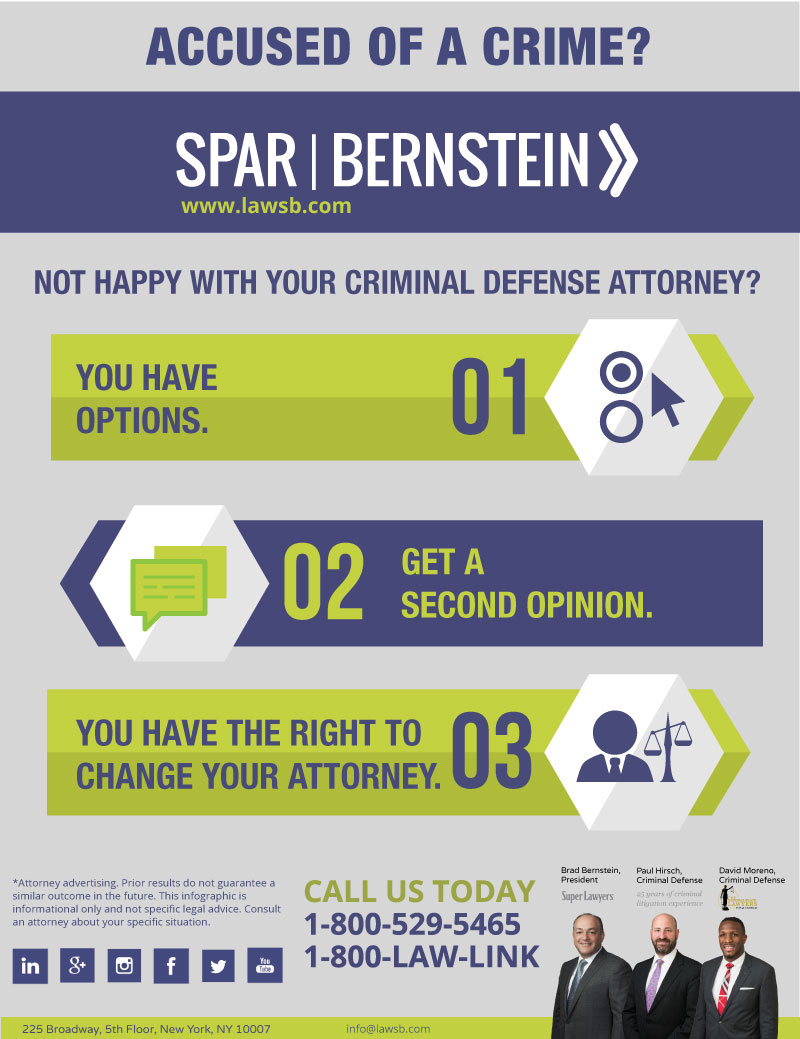An Introduction Of The Criminal Trial Process: A Thorough Step-By-Step Overview
An Introduction Of The Criminal Trial Process: A Thorough Step-By-Step Overview
Blog Article
Write-Up By-Ellis Bunn
When you enter a criminal trial, you might be stunned by the structured process that unravels. Everything starts with jury choice, where potential jurors are looked at for biases via a method called "voir dire." Afterwards, both sides present their opening statements, establishing the stage for the proof and testaments to follow. You'll see exactly how the prosecution and protection construct their situations, but what takes place next can considerably impact the result. Comprehending these phases can disclose the intricacies of justice, yet there's even more to discover concerning the critical moments that follow.
Jury Option Refine
When it involves the jury selection process, you're diving into a critical phase of a criminal trial. This procedure, often called "voir dire," entails wondering about possible jurors to ensure they're impartial and with the ability of delivering a fair decision.
defence law firm 'll see both the prosecution and defense lawyer taking part proactively, each intending to select jurors who align with their case's narrative.
Throughout voir dire, you'll observe that lawyers ask concerns about jurors' histories, ideas, and experiences. Their objective is to identify any kind of pre-existing prejudices that might affect a juror's choice. As a juror, you may really feel a mix of nervousness and inquisitiveness, however your honesty is important.
After examining, attorneys can challenge particular jurors for cause if they believe a juror can not continue to be neutral. They can also make use of a minimal number of peremptory difficulties to reject jurors without stating a reason.
Trial Phases Explained
The phases of a criminal trial play a crucial duty in making certain a fair and organized process.
You'll initially experience the opening declarations, where both the prosecution and protection describe their cases. This sets the stage of what's to come.
Next, the prosecution provides its proof and witnesses, intending to prove the defendant's shame beyond an affordable question. You'll see direct evaluation followed by interrogation, enabling both sides to challenge the here and now details.
After the prosecution rests its case, it's the defense's turn. They'll provide their proof and witnesses, typically focusing on developing practical uncertainty. https://docs.google.com/spreadsheets/d/1iDiLLXdUx9GJ-MMQdgrpwGA6irKBasfS3tB9gNTFwvM/edit#gid=623575735 'll discover that the protection doesn't have to verify innocence; they just require to challenge the prosecution's instance.
Once both sides have actually provided their disagreements, you'll hear shutting statements, where each party summarizes their instance. This is vital as it enhances their settings before the jury deliberates.
Throughout https://www.law.com/newyorklawjournal/2022/07/18/report-famed-criminal-defense-attorney-gerald-shargel-dies-at-77/ , the court makes sure that the test follows legal criteria which the legal rights of both events are shielded.
Understanding these phases will certainly aid you value the intricacies involved in a criminal test and the value of each step in the pursuit of justice.
Verdict and Punishing
After all evidence has existed and debates made, the jury or judge provides a judgment, establishing the accused's guilt or innocence. If you become part of the court, you'll deliberate with your other jurors, talking about the proof and your perceptions. This process can take some time, as you'll wish to make certain everybody agrees on the verdict based upon the facts.
When a verdict is gotten to, it's announced in court. If the offender is condemned, the next phase is sentencing. This is when the judge chooses the proper penalty. You may observe that different factors affect the sentence, such as the severity of the criminal activity, the defendant's previous record, and any kind of mitigating conditions.
The court might impose a range of sentences, from fines and social work to jail time. Occasionally, the defense or prosecution can present disagreements pertaining to sentencing, attempting to persuade the judge's choice.
If the defendant is found not guilty, they're acquitted, and no penalty complies with. Remember that a guilty verdict can often result in allures, where the accused might test the judgment or the sentence imposed.
Conclusion
In a criminal test, you've seen just how crucial each step is, from court option to the final judgment. You have actually followed the prosecution and protection as they build their cases, aiming to persuade the court. When consideration concludes, the decision determines the end result, and if the accused is condemned, the sentencing stage begins. Recognizing these procedures helps you value the complexities of the justice system and the relevance of each role in making sure a reasonable test.
